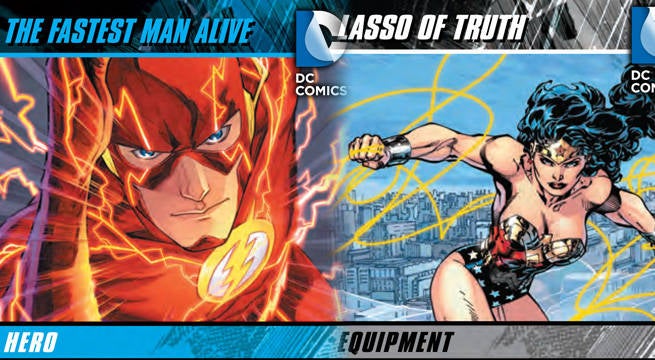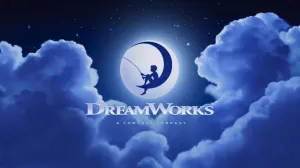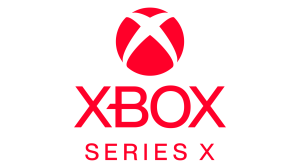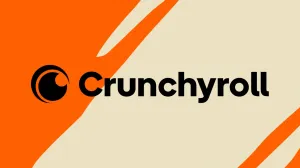As you might’ve seen in a previous article, Cryptozoic’s DC Deck Building Game is one of the best and easiest ways to get started in Tabletop gaming. As mentioned in the name, the game is a Deck Builder, a term for games who’s main mechanic is round by round building and cycling through your decks, customizing them to your playstyle.
Videos by ComicBook.com
If you’re all about offense and cater more to DPS style of play, you’ll veer towards heavy damage cards and cards that let you attack multiple times. If you’re a defensive minded player, you’ll opt to buy more cards that allow you to defend against player attacks and supervillain attacks. The same goes for tactics that focus on reshuffling your deck, keeping the most powerful cards towards the top so you can call on them again or magic based decks that allow the player to use powerful cards at the expense of more mundane cards.
As you go through the game, you’ll eventually have a deck that fits your playstyle. Especially early on, make sure to experiment with all sorts of cards, learning which ones you are in line with your typical approach to things. You can then start to focus on which cards help your end cause, but the good news is things here are rather random, so just because you have a preferred set doesn’t mean you’ll get them every game.
This game features all the DC icons you love, with plenty of Superman, Wonder Woman, and Batman related cards in the core set. The art is focused on the New 52 era, but there are some fantastic cards from the pre-New 52 era as well, and fan favorite locations like Titans Tower and the Batcave also play a part in the proceedings.
Now that you understand what type of game it is, it’s time to dive into just how you play. Hit the next slide for a little Tabletop 101 with the DC Deckbuilding Game.
MORE TABLETOP & TOYS: The Walking Dead: Threezero Debuts Brand New Michonne Figure / 5 Star Wars Tabletop Games Every Fan Should Try / CMON Announces A Song Of Ice And Fire Miniatures Game
Pick Your Hero And Draw Your Cards
First things first, you’ll want to draw your hero. Now as said before, each one is a bit different, so you’ll want to grab one who’s abilities sync with your approach. If you want something a bit simpler for the first go-round, Green Lantern is a good choice, as his ability gives you +3 power if you play three or more cards with different names.
For those who like playing with the villain cards more, Wonder Woman is a fantastic choice, as every Villain, you purchase during your turn you get to draw an extra card at the end of your turn. There’s also another Wonder Woman card that accentuates this ability even further. If you want to immediately use your new purchases, Aquaman is a perfect choice, as his ability allows you to put “any cards with cost 5 or less” you buy on your turn at the top of your deck. This gets those new cards into your hands even faster.
Once you pick your hero from Superman, Batman, Wonder Woman, Green Lantern, The Flash, Aquaman, or Cyborg, you will pick a number of starting cards for your hand. You’ll pick 7 punch cards (which have a basic 1 power rating) and 3 vulnerability cards (which have a negative rating) for your starting hand, and that’s what you begin the game with.
Next up: Card Breakdown and The Lineup

Card Breakdown And Set Up Your Lineup
On any given card you’ll see a few stats worth paying attention to. Let’s take the “Heat Vision” Super Power card for an easy example. In the white space between the banners, you’ll see the card’s ability, which usually translates to a plus in power (in this case +3) and a secondary ability, which in this case is “You may destroy a card in your hand or discard pile”. There’s also a number with a star in the bottom left corner, which is how many victory points that nets you at the end of the game (here 2), and a number in a silver circle (here it is 6) that shows how much the card costs to purchase.

It’s important to take into account that victory point number, which can also be substituted at times for other bonuses, like in the Suicide Squad’s case.
Once you pick your starting cards (7 punches and 3 vulnerabilities) you’ll lay them out in front of you and set up the rest of the “board”, though there isn’t really much to setup. You’ll stack all of the regular cards in the “Main Deck” area, and then pull the top 5 off and lay them out horizontally across. On the right hand said you’ll stack all of the “Kick” cards, with the “Supervillain” and “Weaknesses” cards below those.
Kicks are great cards to grab at the beginning, as you might not have a lot of power (which you buy cards with) in the first few rounds, and kicks only cost 3 to buy. The supervillain cards will be explained in the next slide, and weakness cards are ones you want to get out of your deck as soon as you can, as they deduct from your final score.

Super-Villains
Super-Villain cards can be your best friend or your worst enemy, depending on who can defeat them first. There will always be a Super-Villain in play throughout the game, and when all the Super-Villains have been defeated, that is when you’ll add up the final score.
Each Super-Villain has to be defeated by having enough power (again, located in the lower right-hand corner) to essentially purchase it. They are typically more expensive, so this might take a few turns to even get close. Every time you defeat a Super-Villain, he or she will then go into the person’s deck that defeated them, and you will draw a new Super-Villain for the board. Each Super-Villain has what is called a “First Appearance” attack, which affects all players on the board. Once this effect is resolved, play continues as normal until he has been defeated.
Take Black Manta for instance. His first appearance attack makes each player discard the top card of their deck. If you discard one with a cost of 1 or more, you either have to destroy it or discard your whole hand. Others like Captain Cold’s make you turn your hero over, rendering their ability useless until he is defeated. These Super-Villains are a pain, but they also have great abilities once they are in your deck, and typically have high victory point totals, so you’ll want to defeat as many as you can.
Super-Villains in the core set include Black Manta, Parallax, Brainiac, Anti-Monitor, Captain Cold, Sinestro, Ra’s Al Ghul, Darkseid, and The Joker, Lex Luthor, Atrocitus, and Deathstroke.

1st Round
Once you buy the core set you’ll enter a game of up to 5 players in classic versus mode. If you’re the starting player, you’ll shuffle your cards, draw a hand of 5, and then purchase anything you can that is located in the lineup. You won’t have a lot to work with at the beginning, but there are some cheap 2 and 3 point cards as well, so you might get lucky. At this early stage, it’s better to just buy something, just to get some variety in your hand.
Using your Super-hero ability (if applicable), buy any cards that you can. Once that is done, put those cards and the rest of your hand into your discard pile, and draw 5 new cards from your other deck. Then refill any blank spots in the lineup (if you purchased 3, replace those with 3 new cards), and the next person takes their turn.
That’s it, and it just builds from there. You go until all of the Super-Villains are defeated, and then count your victory points to see who came out on top.
Hit the next slide for some tips to keep in mind while playing!

Notes And Tips
A few things to keep in mind when playing are the types of cards you build your deck with. There are several different types of cards, including Super Powers, Equipment, Hero, Villain, and Location cards. Super Power cards are typically offensive based, while Equipment cards are usually great for those who like flexibility in their decks. Some of these allow you to swap out cards, get rid of your hand and redraw, and so on.
Hero cards are tied to specific characters, can range greatly depending on who they are based on. They typically work better with a like-minded hero, so Mera’s Hero cards work better with Aquaman, while Gotham characters work with Batman’s, etc. You can mix and match of course, but there is some synergy here if you want to take advantage.

Ther are also Villain cards, which can also range in type according to the character. Some great villain cards are The Riddler and Penguin, which can help beef up your deck with powerful cards early on. Last but not least are Location cards, which are cards you will want to get into your deck early if you can. You’ll purchase Location cards like any other card, but once they circle back around in your deck you can then put them out for the rest of the game, and they have ongoing effects. The Fortress of Solitude, for instance, allows you to draw a card whenever you play your first Super Power on each turn, so if you have plenty of Super Power cards you’ll always get an extra card. It’s quite handy, especially when paired with other cards that allow you to reshuffle your deck.
The expansions allow cooperative play, which ComicBook will cover in the future. For the moment however, the core set is more than enough to get plenty of entertaining game time on your tabletop of choice.









